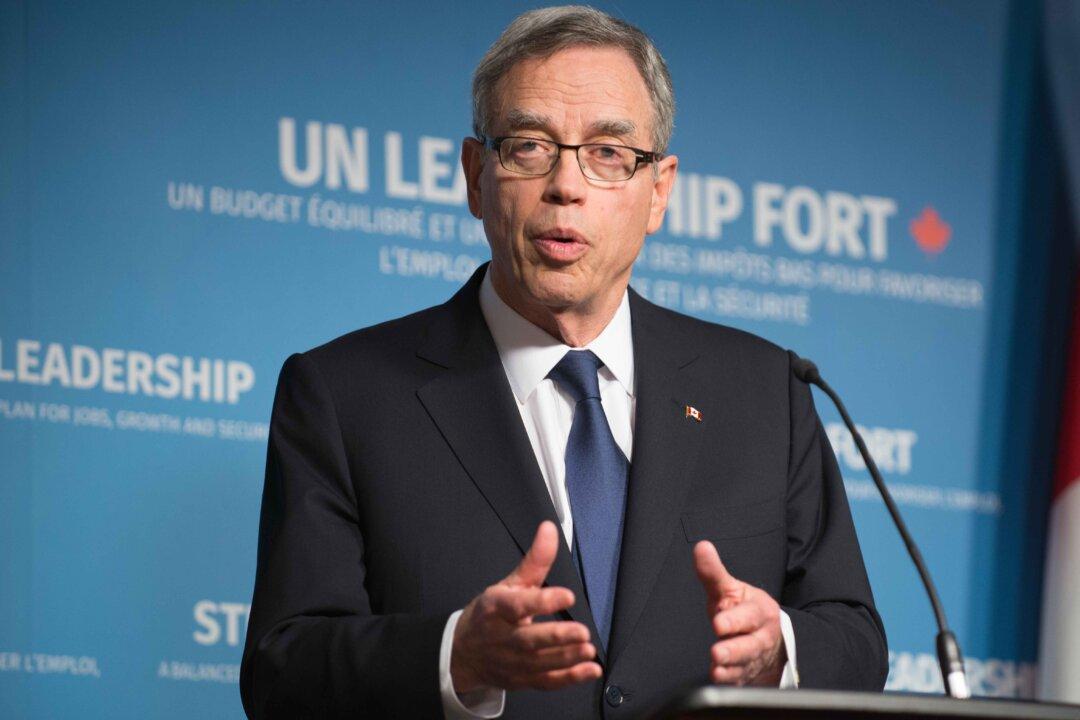OTTAWA—Canada is setting an example for prudent fiscal management and Budget 2015 should ensure it continues to have one of the strongest balance sheets among the Group of Seven nations.
Canada has come a long way from the depths of the financial crisis in 2008 (budget deficit of $55.6 billion) to a projected surplus of $1.4 billion for 2015-16. Canada ran a $2 billion deficit for the 2014-15 fiscal year.
“We have been prudent. We have been practical. And we have stuck to our plan,” said finance minister Joe Oliver in his budget speech.
The government’s newest measures—support for Canadian families, small businesses, and infrastructure investments ($9.8 billion in the current fiscal year)—provide support to the lackluster economy starting immediately. The Bank of Canada announced on April 15 that it is expecting no growth for the first quarter of 2015.
The nearly $10 billion in measures works out to about 0.5 percent of GDP. Nevertheless, the government remains on target to reach a federal debt-to-GDP ratio of 25 percent by 2021 and to reduce it to pre-recession levels by 2017. The current ratio is 31.2 percent.
In addition, Canada has the lowest total government net debt-to-GDP ratio of any G-7 country currently 38.3 percent. By comparison, the next lowest in the G-7 is Germany at 46.0 percent. The U.S.’s ratio is 80.4 percent.
Managing the Oil Price Plunge
The oil price shock has had a profound impact on the Canadian economy, a net oil exporter, and the impact to the government’s budgetary balance is striking.
Canada’s crude oil exports in the second quarter of 2014 (before the oil price shock) was worth $100 billion (5.1 percent of nominal GDP). From then to February 2015, the oil price shock dropped the value of exports by $40 billion (2 percent of GDP) with export volumes basically unchanged.
Private sector economist forecasts from March are used in fiscal planning. The average forecasts for real GDP has been revised lower in the near term mainly due to the oil price shock. The budget assumes real GDP growth of 1.2 percent in the first quarter of 2015, rising gradually to 2.3 percent in fourth quarter.





